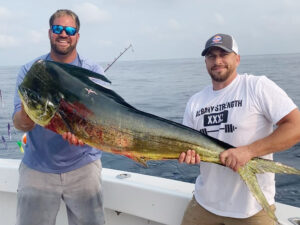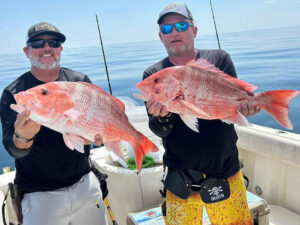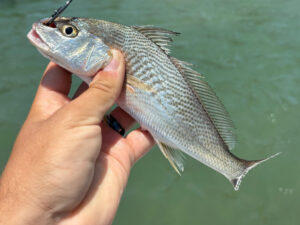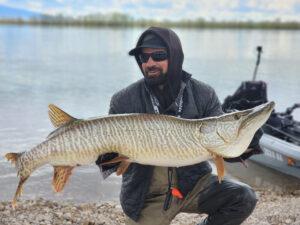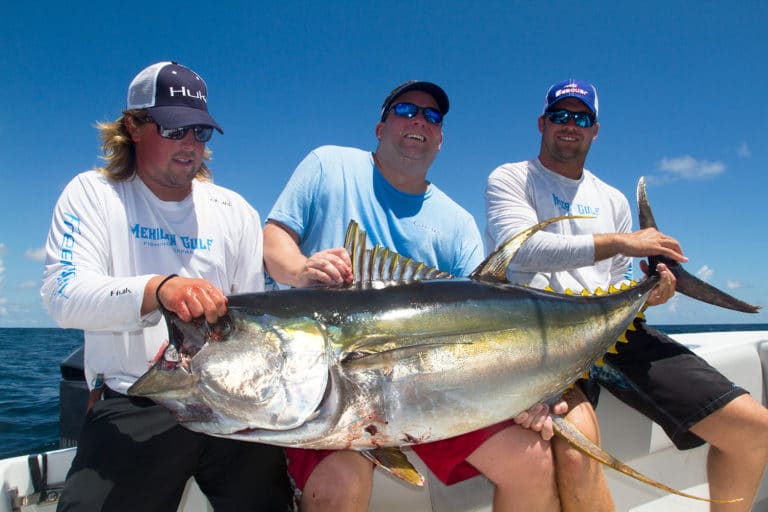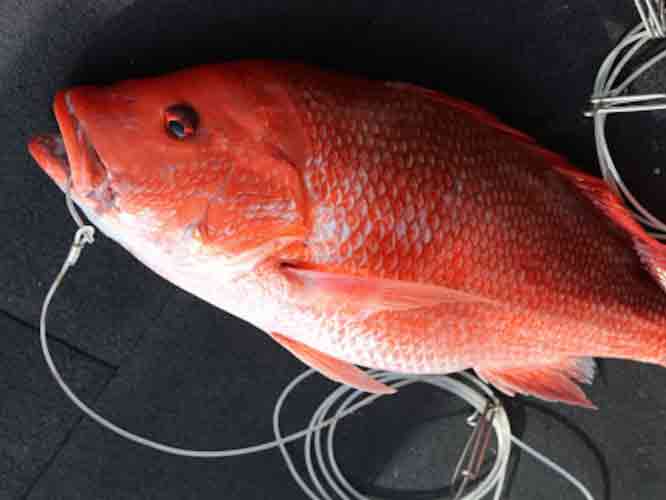
Draft Amendment 15 (PDF here) to the 2006 Consolidated Atlantic Highly Migratory Species Fishery Management Plan is a dense, technical document with a short fuse that is seeking an alarming objective. This federal management action is proposing to modify or eliminate four areas that currently restrict or prohibit commercial longline fishing due to the indiscriminate nature of the gear and the excessive mortality it causes to non-target and juvenile species, as well as overfished target species.
The closed areas, known as Mid-Atlantic shark, Charleston Bump, East Florida Coast, and DeSoto Canyon, have been in place for decades. Not unexpectedly, the removal of hundreds of thousands of longline hooks has resulted in tangible recoveries of iconic sportfish populations in some areas. In one area, the East Florida Coast Pelagic Longline Closed Area, an unexpected benefit has been the establishment of the nation’s best sailfish fishery. The direct economic benefit to recreational fishing-related businesses in Florida from this catch-and-release fishery has been nothing short of remarkable. Even though this particular zone was created to be a conservation area for juvenile swordfish — and was never intended to be exposed again to commercial plunder — it has been the object of repeated attempts to reintroduce longlining.
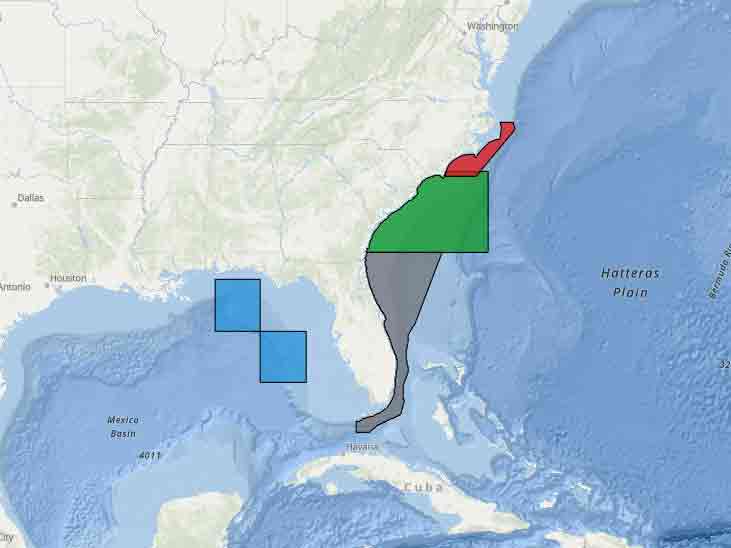
The Push to Reintroduce Longlining
It’s an unfortunate reality that as an area recovers back to health, pressure mounts to reinstate the very commercial gear that drove the area into an overfished condition in the first place. Previous attempts to allow longlines back into closed areas have included ham-handed charades by longline operators pretending to be marine science entities and using the federal exempted fishing permit process to propose “research” with longlines.
In one case, the permit would have granted a single longline company exclusive access to drop longlines in a closed area for three years and sell all the legal fish it caught under the permit. In essence, it was pursuing an Exclusive Longlining Permit and it almost worked. In that instance, it took months of work and the combined effort of the marine conservation community to successfully oppose the permit and safeguard the East Florida Coast Pelagic Longline Closed Area.
“It’s an unfortunate reality that as an area recovers back to health, pressure mounts to reinstate the very commercial gear that drove the area into an overfished condition in the first place.”
Amendment 15 is a slightly different animal. NOAA Fisheries contends that closed areas do not provide critical fishery-dependent data, which includes data that are collected during normal fishing operations. The agency says this lack of fishery-dependent data complicates efforts to assess the effectiveness of the conservation zones and the model they have created to evaluate the zones requires the use of longlines. In other words, they can’t know how well the zones are working to protect targeted species from longlines unless longlines are reintroduced to see what protected species they kill.
To be fair, NOAA is asking the right questions:
- Are the conservation zones working?
- Are they in the right places?
- Are they achieving the management goals?
- Do the zones need to be modified or moved to be more effective?
- Are changes in ocean conditions altering migration patterns and distribution of marine species?
Those are valid scientific inquiries that should be made about any closed area.
Longline Fishing Has Little Support from Public
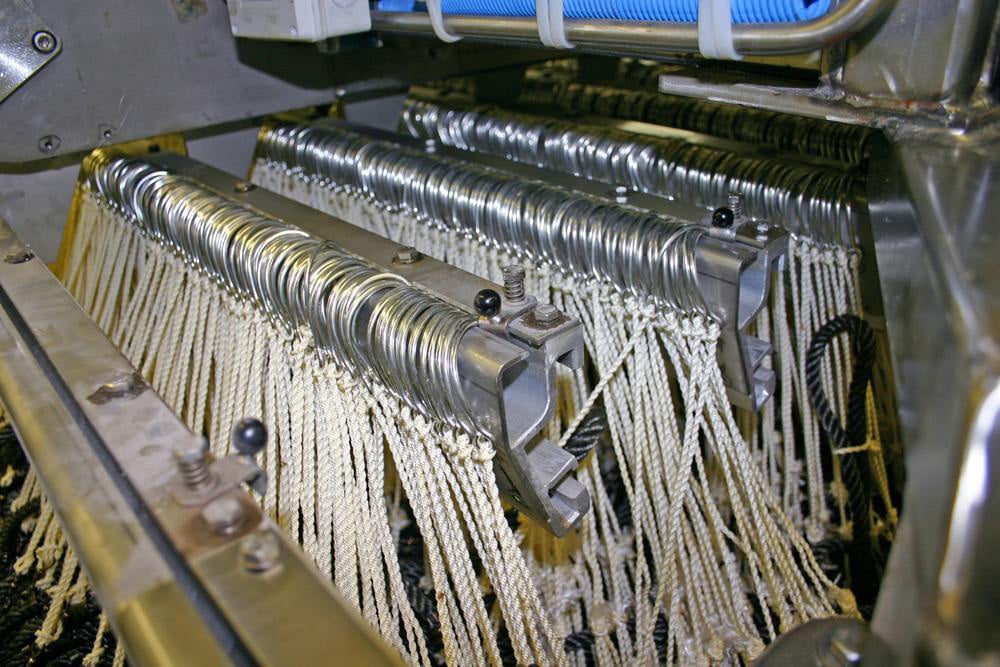
But while evaluating the effectiveness of the areas is one thing, the verdict on longlines came back a long time ago. It’s a dirty, indiscriminate gear. The thousands of baited hooks attached to miles of longline don’t know the difference between a swordfish and a sea turtle, or between an adult tuna and a juvenile billfish. Few things caught with it are viable to be released alive. When the gear was removed, an incredible, economically vibrant sailfish fishery appeared off the East Coast of Florida. If it is allowed back, it is only a matter of time before it overwhelms the resources that are subjected to it and valuable, sustainable recreational fisheries will disappear, too.
There is more focus than ever on the health of the oceans, and it is often difficult to reconcile this country’s rhetoric on marine conservation with NOAA’s continuing infatuation with indiscriminate commercial gear such as longlines and trawls. The goals of Amendment 15 may be valid, but the proposed means to attain them with longlines are flawed.
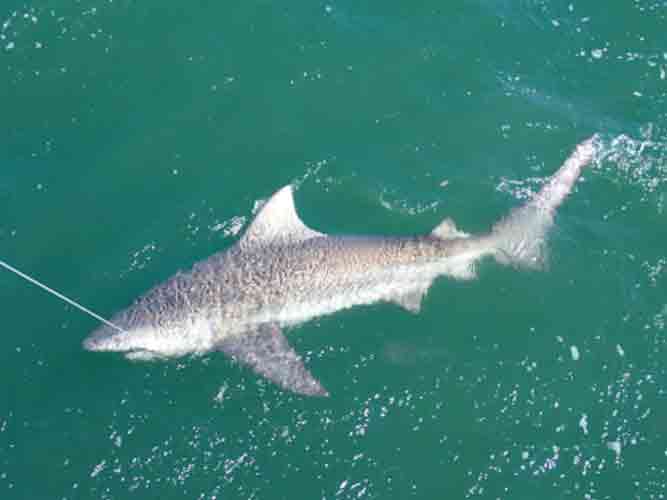
NOAA Fisheries will not get the support of the recreational angling community and the public at large for research efforts like this — no matter how practical — if the goal is to justify reintroducing dirty gear. Amendment 15 should take advantage of less destructive commercial gear like buoy gear and bandit rigs while evaluating the effectiveness of those conservation zones. Maintaining or improving that effectiveness should be the paramount goal, not finding a way to allow longlines back in to wreak havoc.
Proposals like Amendment 15 (submit your own comments here) are frustrating to the marine conservation community because they showcase over and over the agency’s never-ending embrace of the most indiscriminate, destructive gear in the ocean. There are better ways to research these conservation zones than using this horrendous gear. Amendment 15 may very well be a necessary evaluation of conservation zones, but NOAA’s insistence on reintroducing longlines — even in a supposed research capacity — makes this proposal as suspect as an Exclusive Longlining Permit.
About the Author: Ted Venker is the Vice President and Conservation Director of the Coastal Conservation Association.

